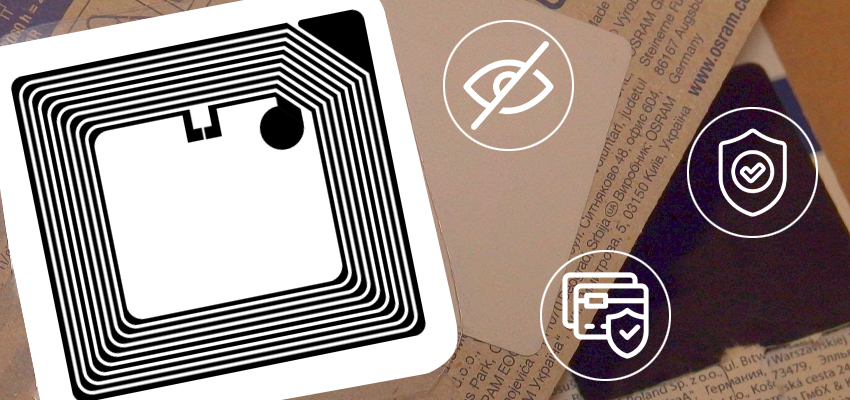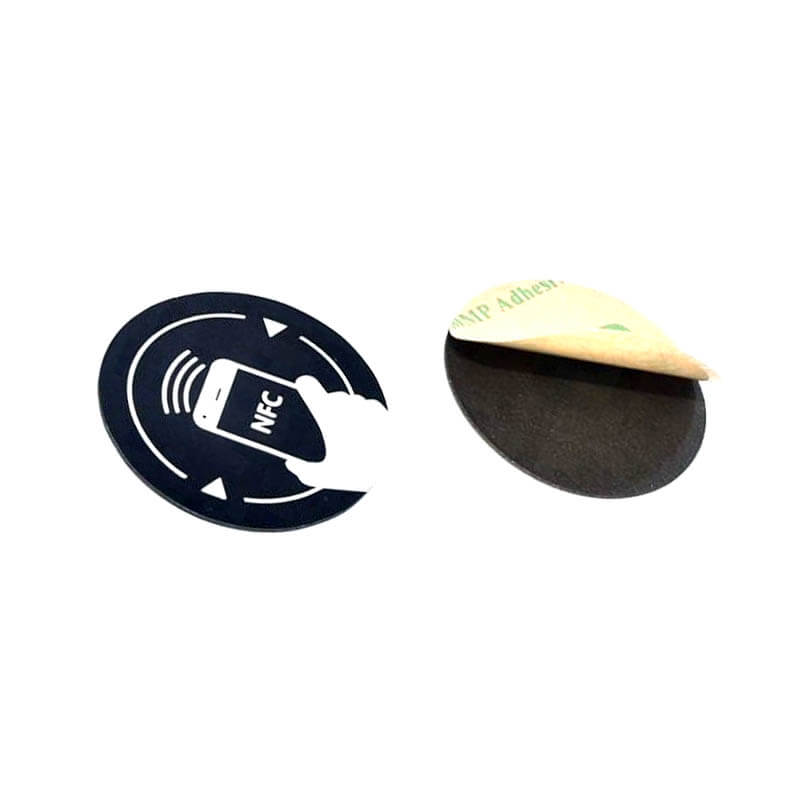As the use of RFID technology becomes more widespread, concerns have been raised about the potential privacy and security risks associated with its use. Are these concerns warranted?
In this article, we’ll examine the privacy and security risks associated with RFID technology, and explore the steps that can be taken to mitigate these risks.
What Are the Security Risks Associated with RFID?
There are several risks associated with RFID technology that could potentially be exploited by malicious actors. They include:
- Reverse Engineering/ Duplicate Designs
Reverse engineering refers to taking a product apart and figuring out how it works to replicate it. The hacker must have deep knowledge about RFID to successfully reverse engineer a tag or any other RFID device.
However, a determined hacker will learn about the protocols and techniques used in RFID devices and eventually be able to replicate them. This could compromise the security of the users and lead to loss of data and money.
- Power Consumption Analysis
Hackers can analyze the power consumption of an RFID tag to determine the data it is transmitting. By analyzing the power consumption, they can figure out what commands are being sent to the tag and what data is being read from it.
After the analysis, the hacker will determine the time needed to read the data on the tag and send commands to it. This attack is known as power consumption analysis or side-channel attack.
- Snooping/ Eavesdropping Attacks
An eavesdropping attack is when a malicious actor listens in on communications between two devices. In an RFID system, the attacker could place themselves between the tag and reader to intercept the data being exchanged.
This type of attack is known as a snooping or passive listening attack. The attacker can use this information to clone the tag or track the movements of the tag. These attacks are primarily occasioned by poorly secured network communications.
- Man-in-the-Middle Attacks
A man-in-the-middle attack is when a malicious actor inserts themselves into communication between two devices. The attacker can intercept, send, and receive data being exchanged between the devices.
This can also facilitate replay attacks where the attacker records the data being exchanged between the devices and replay it at a later time. These types of attacks can allow the attacker to clone the tag, track the movements of the tag, or gain access to sensitive data.
- Spoofing Attacks
A spoofing attack is when a malicious actor impersonates another device or user on a network. In an RFID system, the attacker could impersonate an RFID tag or reader to gain access to sensitive data or track the movements of tags.
Spoofing attacks can also be used in conjunction with other types of attacks, such as man-in-the-middle attacks, to further exploit a system.
- Denial of Service Attacks
A denial of service attack is when a malicious actor inundates a device with so much traffic that the device is unable to process it all and ends up crashing. In an RFID system, the attacker could send a large number of requests to the reader, causing it to crash.
This would prevent the reader from communicating with any tags, rendering the system useless. These attacks are typically carried out by botnets, which are networks of devices infected with malware and can be controlled by the attacker.
- Virus Attack
A virus attack is when a malicious actor inserts malware into a device to gain control of it. In an RFID system, the attacker could infect an RFID tag or reader with malware.
This would allow the attacker to remotely control the devices and use them to carry out other attacks, such as denial of service attacks or eavesdropping attacks.
What Are the Privacy Risks Associated with RFID?
Besides the security risks, there are also privacy risks associated with RFID. They include:
- Identity Theft
One of the most common privacy concerns with RFID is identity theft. If an attacker can read the data on an RFID tag, they could potentially use that information to steal the tag owner’s identity.
This could allow them to access sensitive information, such as financial accounts or medical records. Additionally, the attacker could use the victim’s identity to commit other crimes, such as fraud or extortion.
- Money Loss/ Misuse of Financial Information
The use of contactless payment RFID cards has become increasingly common in recent years. However, this convenience comes with the risk of money loss or misusing financial information.
If an attacker can read the data on an RFID payment card, they can use it to make unauthorized purchases or withdraw money from the victim’s account.
How to Protect Against RFID Attacks?
- Using Encryption
One way to protect against RFID attacks is to use encryption. This will make it more difficult for attackers to read the data on the tag.
Various types of encryption can be used, such as public key encryption or symmetric key encryption. Additionally, organizations can use security protocols, such as SSL/TLS, to encrypt the data being transmitted between devices.
- Using Two-Factor Authentication
You can use two-factor authentication to protect against RFID attacks. It requires the use of two different factors to verify the identity of a user before allowing them access to sensitive information.
For example, an organization could require both a password and a code sent to a user’s mobile phone before allowing them to access their account. This would make it more difficult for attackers to gain access to the account, even if they were able to read the data on the RFID tag.
- Using Access Control Lists
Another measure that can be taken to protect against RFID attacks is to use access control lists (ACLs). This would involve specifying which devices are allowed to communicate with each other.
For example, an ACL could be used to specify that only certain readers are allowed to communicate with certain tags. This would prevent attackers from being able to use unauthorized devices to access the system.
- Using RFID Blocking Cards
RFID blocking cards are special sleeves or wallets that are designed to block the signal from an RFID tag. This would prevent attackers from being able to read the data on the tag.











